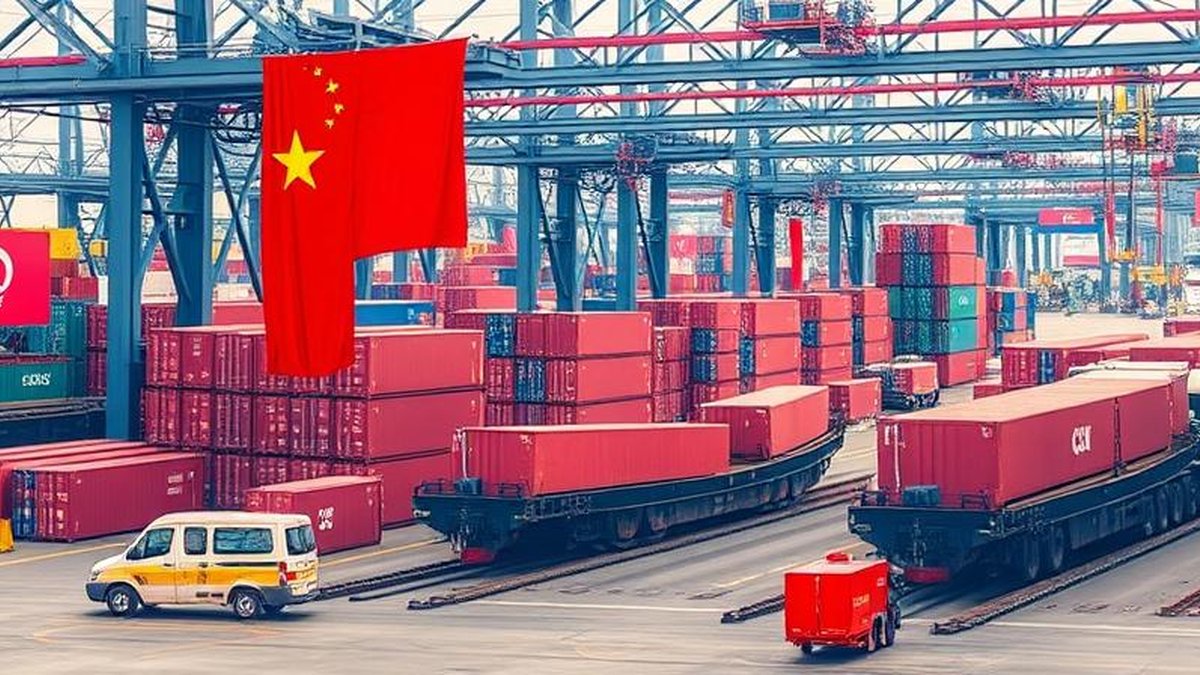China’s Export Growth Slows in August, Signaling Fragile Global Demand
China’s export growth decelerated in August, rising only 3.2% year-on-year compared to 6.1% in July, according to data released Thursday. The slowdown has raised fresh concerns about global demand trends and the sustainability of China’s trade-led recovery. Economists attributed the moderation to weaker demand from key markets such as Europe and North America, alongside ongoing supply chain adjustments and geopolitical trade frictions.
Weak External Demand Dampens Momentum
Exports to the European Union and United States both declined, reflecting subdued consumer spending and inventory adjustments in advanced economies. Analysts noted that slowing global industrial production and tighter monetary policies are weighing on trade flows. “Global demand remains uneven, and exporters are facing rising competition from emerging manufacturing hubs,” said a Shanghai-based economist.
Imports Also Soften Amid Domestic Caution
Imports contracted marginally, signaling persistent cautious domestic consumption despite ongoing fiscal and monetary support. Demand for commodities like crude oil and iron ore held steady, but consumer goods and electronics imports weakened. The trend highlights challenges in reviving household confidence and sustaining momentum in China’s domestic economy.
Policy Support and Economic Outlook
Beijing has introduced a series of stimulus measures—including tax cuts, infrastructure spending, and targeted credit easing—to stabilize growth. However, economists warn that structural headwinds such as high youth unemployment, property market stress, and sluggish private investment could limit the effectiveness of policy efforts.
Global Implications
The export slowdown underscores broader global trade fragility. Weaker Chinese shipments could signal fading demand across key sectors like consumer electronics, machinery, and intermediate goods, which are closely tied to global supply chains. Analysts said that if the trend persists, it could weigh on emerging markets reliant on Chinese demand for raw materials and components.
Market Reaction
Financial markets reacted cautiously to the data. Asian equities slipped modestly, with manufacturing-heavy indices under pressure, while commodity exporters such as Australia and Indonesia showed relative resilience thanks to stable resource demand. The Chinese yuan traded in a narrow range, supported by state banks’ interventions.
Conclusion: Signs of Cooling Momentum
China’s latest trade figures point to a cooling global demand environment and highlight vulnerabilities in the country’s export-driven growth model. As policymakers balance short-term stabilization with long-term restructuring, economists say trade performance in the coming months will be a critical barometer of both domestic and international economic health.
